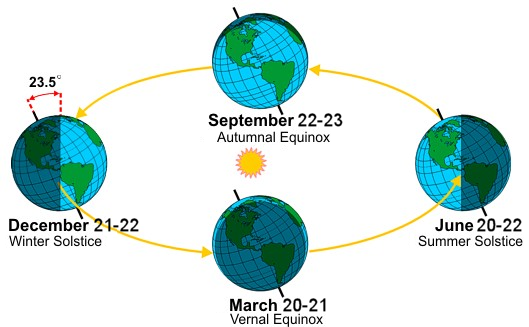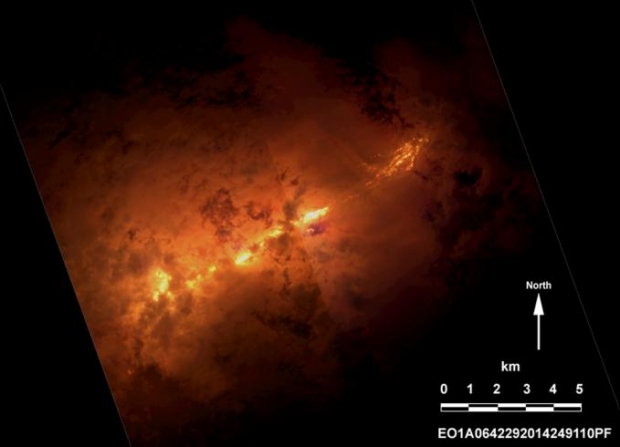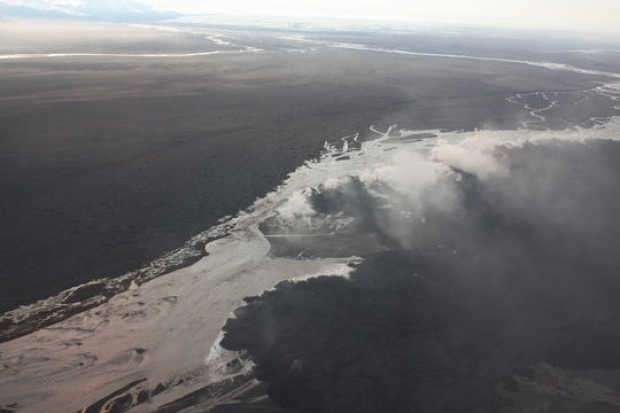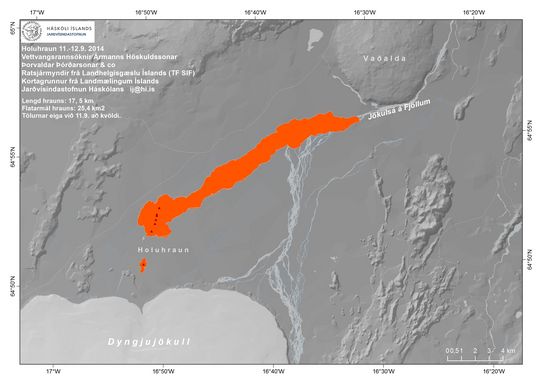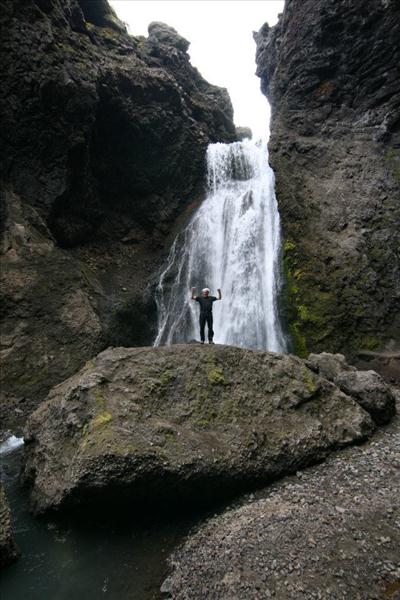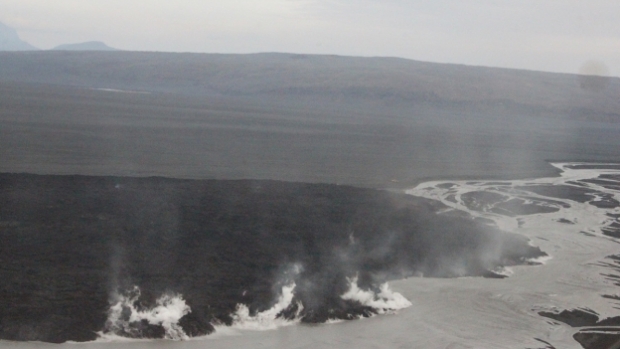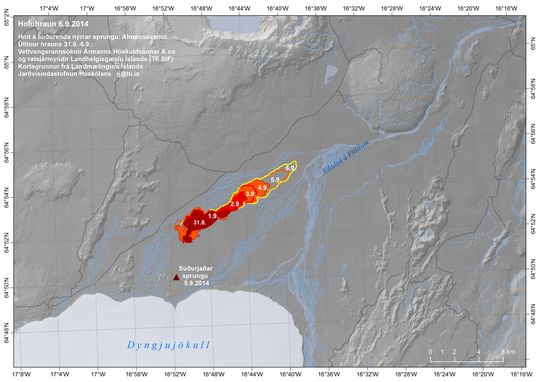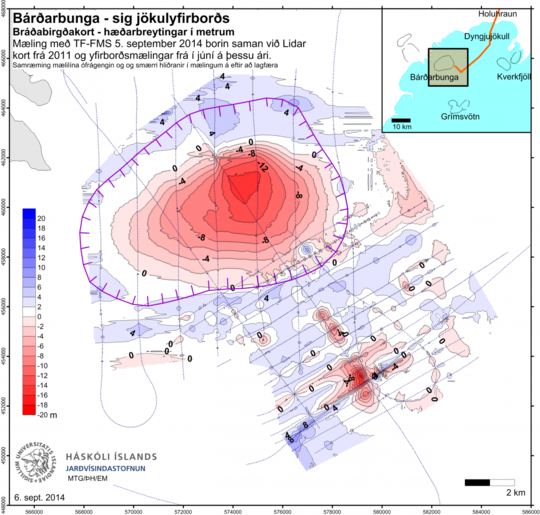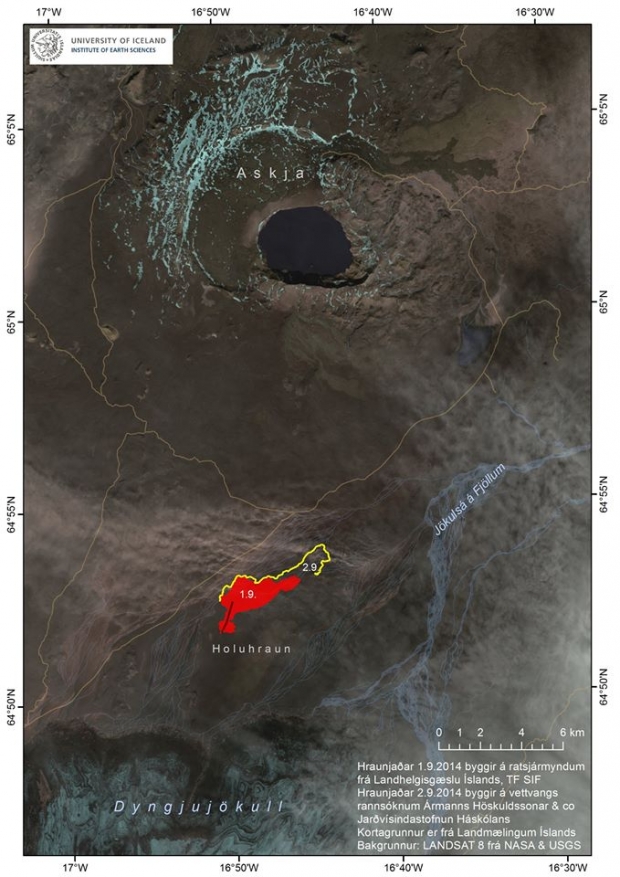NASA has just released data gathered from JAXA, the Japanese equivalent of NASA, on how much Arctic ice melted this year. The results are not good….in fact, they’re really bad. This is the sixth biggest year for ice melt, all the others of which have occurred since the year 2000. If you’re living in Miami, move: Miami Beach will be lost to rising seas within the next 20 years. If you don’t believe me, see what local government in Florida are already doing. The combination of loss of wetlands and rising sea levels will take out most barrier island like Miami….if the intensified hurricanes don’t leve it first.
Before I went to Churchill I posted a piece on why you need to be concerned about Arctic ice melt. I will probably sound like I”m stuck on a feedback loop (I don’t know that the metaphor of a “broker record” with a scratch in it that forces the needle to keep going back over the same section of the record has any continuing meaning in this digital age), but this concept is important for EVERY citizen EVERYWHERE to understand.
Ice reflects more than 90% of the sunlight it receives. Most of what comes in, goes out. Open sea water, by comparison, is dark, and absorbs about 90% of the solar radiation that hits is.
Think about that. As the ice melts, more solar radiation gets absorbed in the Arctic sea water. This is a lot of energy, more than the equator receives during July because the day up north is so much longer. If the ice is gone, that energy is going into the water, and is staying there. True, the ice will reform, but the water is warmer each year. This is a classic example of a positive feedback loop. Assuming relatively constant conditions, the Arctic will continue to heat. Water has one of the highest capacities for heat storage of all materials, often 10 times that of metals, and 3-5 times that of land.
If this continues, the permafrost in Russia, Alaska, Canada and Scandinavia will start to melt. As we discussed before, there’s a lot of undigested carbon in the tundra. If the permafrost melts completely, it will release exponentially more carbon than we’ve managed to put into the atmosphere since 1750. The drought in California and the American West will seem minor compared to the heat rise if that happens, and the worldwide flooding caused by sea rise will be devastating. Remember, the highest point in Florida is 119 feet above sea level. Florida, Louisiana, and lots of places in the American South will be the first to be inundated with the rising seas.
I am quite pessimistic about our taking any significant action that would make things better. Our children, grandchildren, and great-grandchildren will not look back kindly upon us if we don’t, and I’m sad to say that I think that a flooded, heat-stricken world will be our legacy to them.
